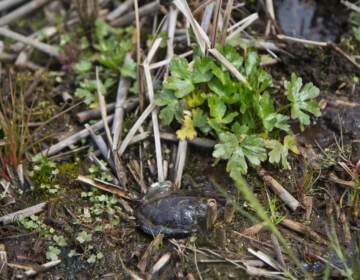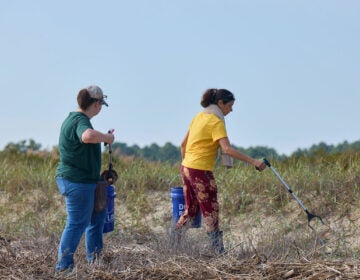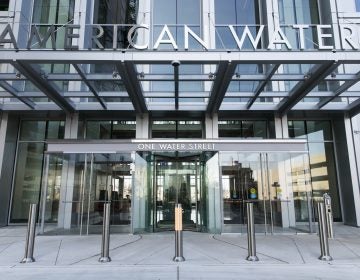Federal funding will help restore free-flowing water at Heinz Refuge’s Henderson Marsh
Federal funding will help restore the hydrology at Henderson Marsh, allowing fish to migrate, eat, and reproduce.
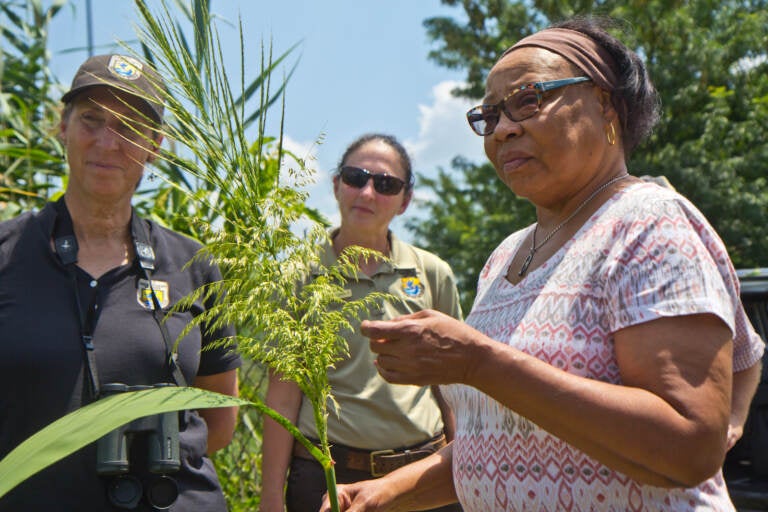
Carolyn Mosley, executive director of the Eastwick United Community Development Association, joined the U.S. Fish and Wildlife Service Director Martha Williams and other staff on a tour to discuss planned restoration of the John Heinz National Wildlife Refuge in Philadelphia that would divert flood waters from Darby Creek to the marsh lands on July 19. 2022. (Kimberly Paynter/WHYY)
Philadelphia’s Henderson Marsh at John Heinz National Wildlife Refuge — the largest of its kind in the state — has received a big boost from the Biden administration for fish passage restoration.
Funded by $900,000 in federal dollars from the bipartisan infrastructure law, it’s one of 40 National Fish Passage Program projects in 23 states and Puerto Rico, and one of three in the Mid-Atlantic.
The refuge, which spans 1,200 acres of Tinicum Township, is already part of a $1.5 million restoration project to improve conditions for wildlife and recreation.
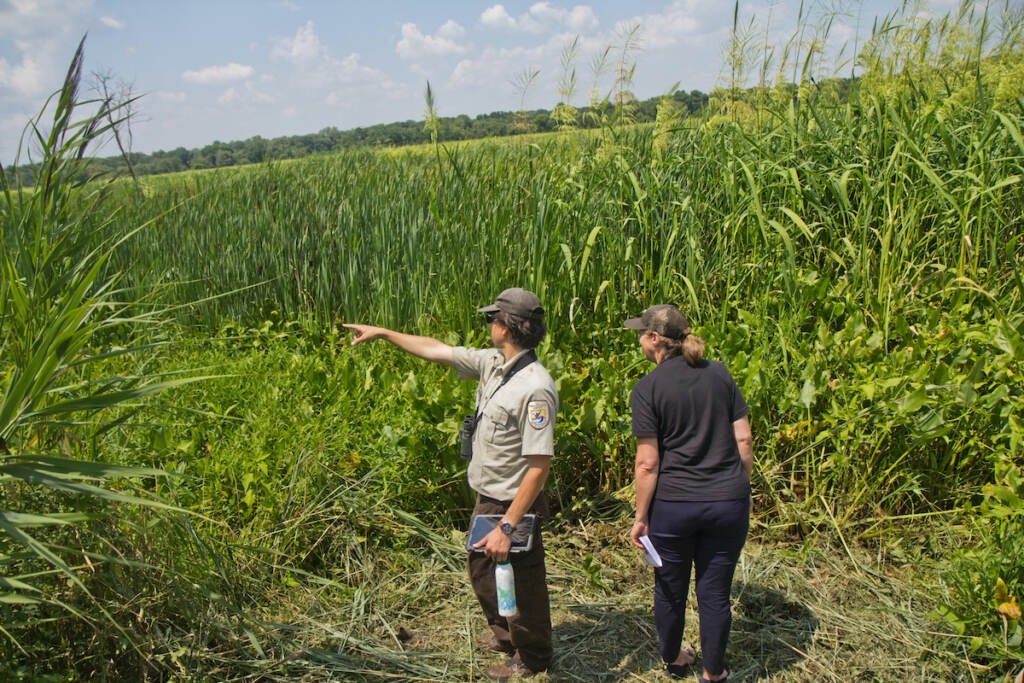
U.S. Fish and Wildlife Service Director Martha Williams visited the refuge Tuesday, emphasizing how the fish passage project will help to restore the march back to its natural ecosystem, enhance fish migration, and protect communities from flooding.
“As we looked out on the marsh today and the restoration projects that we have done here at this refuge and elsewhere, it shows the incredible power of nature to heal itself and restore if we give it a chance,” Williams said.
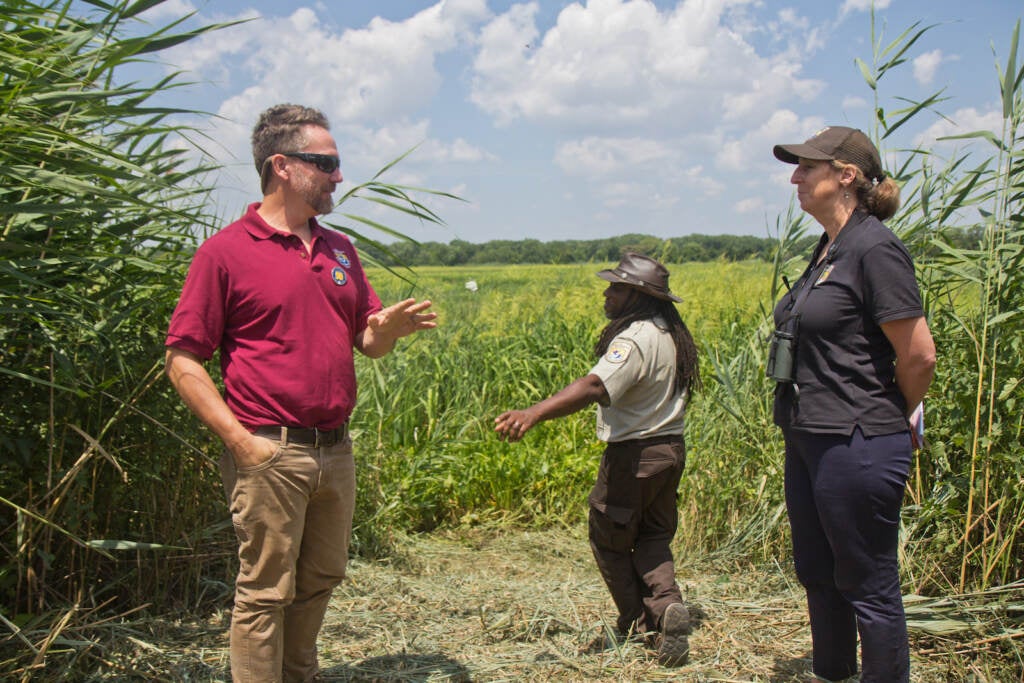
Marshes across the country are an important part of the watershed, because they filter out tons of gallons of water, act as a sponge during flooding events, and provide a food source for fish — which also are a food source for humans.
However, poorly-designed dams, culverts, stream crossings, and levees fragment rivers, block fish migration, and put communities at higher risk of flooding. Henderson Marsh is impacted by earthen dikes and a lack of natural channels resulting from historical land use (the area was formerly used for agriculture).
As part of the project, Fish and Wildlife and local partners are working to create new openings for the tidal waters of Darby Creek, which is a tributary of the Delaware River, to flow into the area, and to dredge channels to allow the water to move freely.
“With all of these projects, it’s all plumbing. The plumbing has been altered in these systems. So how do we restore the plumbing?” said Bartholomew Wilson, a geomorphologist with the Ecological Services Restoration Division of the Fish and Wildlife Service.
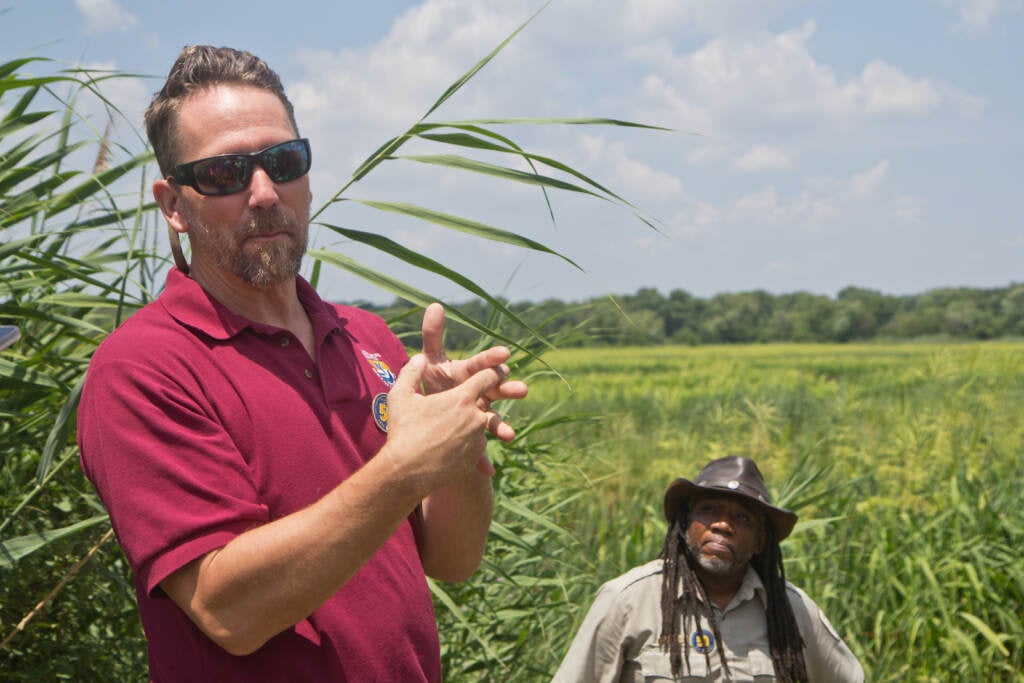
The project will help restore to the marsh migratory fish, like the American Shad, which has faced population reductions due to overfishing, pollution, and dam building. Officials said they also hope the efforts will restore freshwater mussels, which are known as nature’s water filters.
“We don’t really have very many freshwater marshes, period, across the East Coast, but this one is really unique in the Delaware estuary,” said Willian Duncan, branch chief for Aquatic Habitats and Species Conservation and the Fisheries Program.
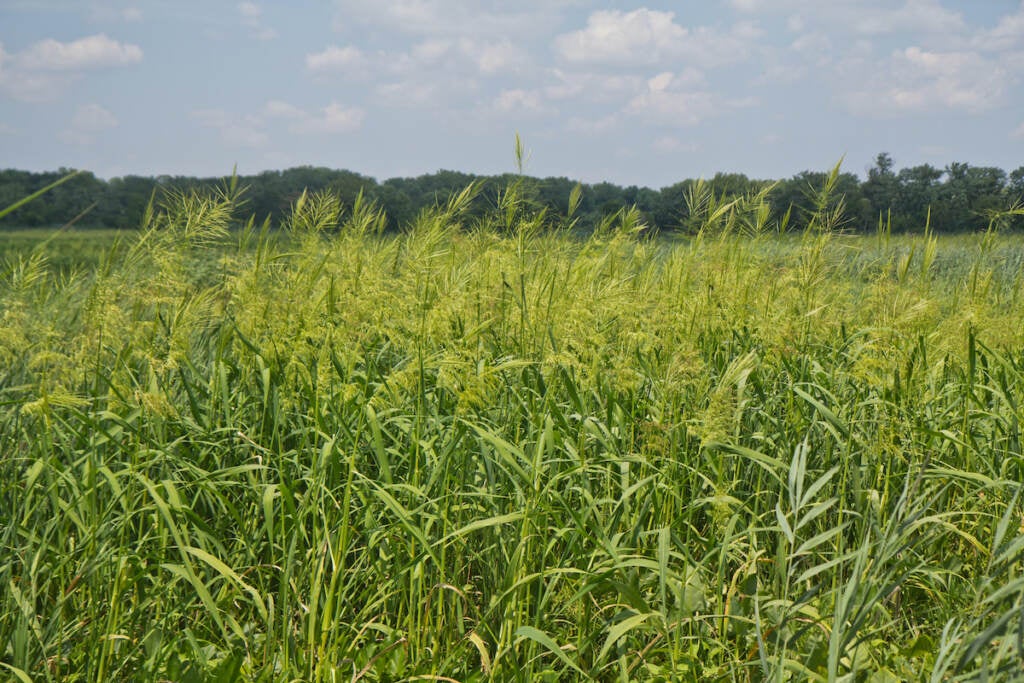
“We have an opportunity to restore habitat for a lot of our migratory fish species. These species used to be very abundant historically and they’ve dwindled down to smaller numbers these days. If we can create some new habitat that’s going to be resilient in the face of climate change, that these species can, not just survive, they can thrive.”
The project also benefits the community at large, as people will be able to kayak and fish along the marsh, and benefit from improved water and flooding prevention.
“While they help fish, they can help species, they also help the communities with helping to prevent flooding and also improve water quality and then the added benefit of allowing for some outdoor recreation,” Williams said.
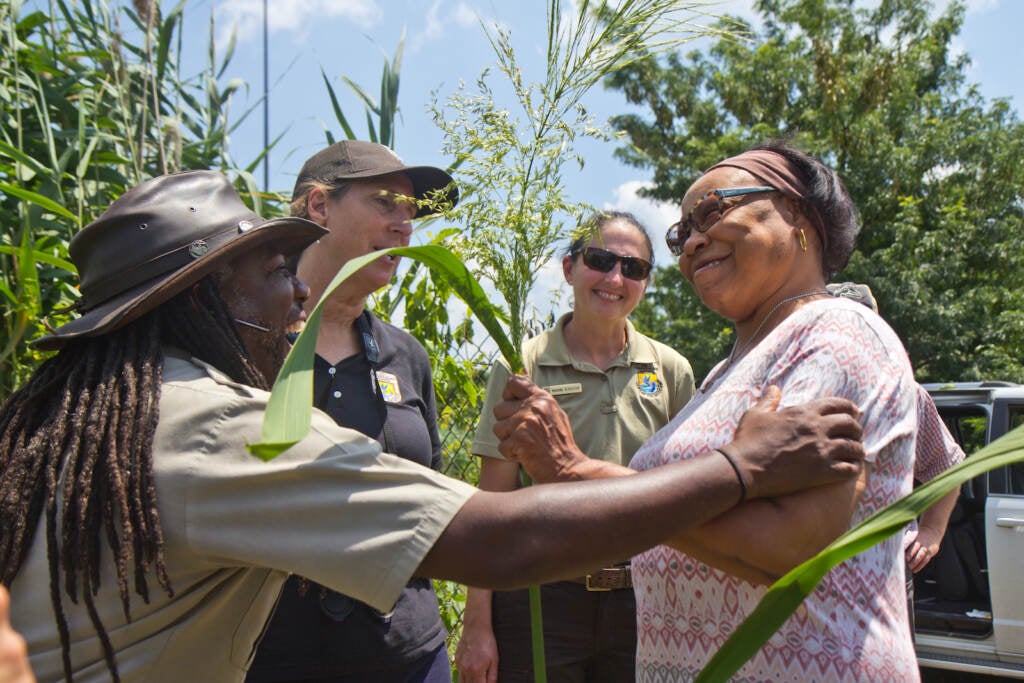

Get daily updates from WHYY News!
WHYY is your source for fact-based, in-depth journalism and information. As a nonprofit organization, we rely on financial support from readers like you. Please give today.



